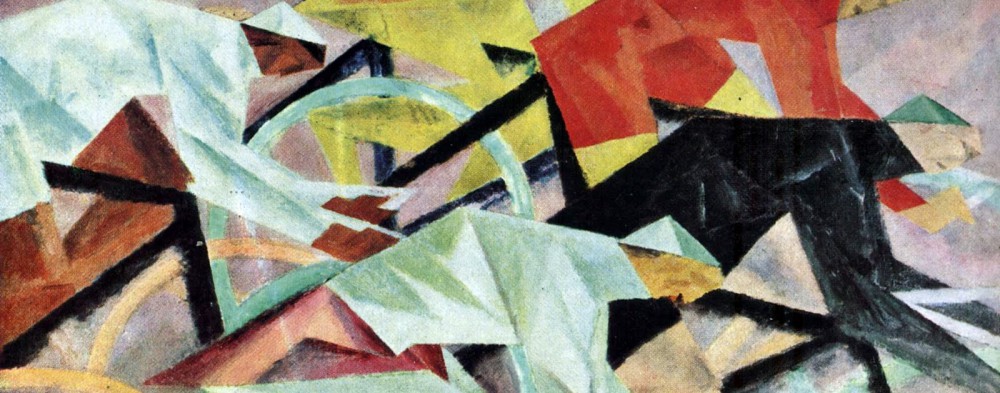The Custis Trail is a branch off of the W&OD Trail. While the latter winds southeast down along Four Mile Run to Shirlington, the Custis splits off east of Falls Church and takes off to the northeast, hugging the sides of I-66 (technically called the Custis Memorial Parkway on the maps) into Rosslyn at Key Bridge. There it hooks up with the Mount Vernon Trail, that can take you all the way down to Washington’s home on the banks of the Potomac, though you cannot even glimpse it without paying admission once you get there. Another thing you can’t do is use the Custis Trail to get to the Custis-Lee Mansion in Arlington National Cemetery. You won’t get past the Cemetery’s front gate. The post-9/11 Security Hysteria which still grips DC includes the total proscription of bicycles from the Cemetery. Wonder what kind of bike Osama bin Laden owns? As best I could find, they don’t make bikes in Afghanistan, and the Pakistan bike industry is being crushed by competition from China. Perhaps he has an old Pakistan-made Sohrab, though. I can imagine people who own one hold on to it with much nostalgia. Can’t imagine Osama selling out to western capitalism, so his ride’s probably not a Trek or a Cervelo. Maybe he’s got a Fuji: Japanese name; Taiwan manufacture.
The Custis Trail is very leafy. To ride it is to experience polarized contexts for most of the route. You get your shady, old North Arlington parks, neighborhoods, schools, or apartments on one side, and a sound barrier wall or chain-link fence separating you from the I-66 din on the other. Occasionally there’s enough wiggle room to take you past a pond on one side and some shrubbery on the other, but for the most part it’s leaf this way, road that way.
When they built the Trail, the Arlington Parks Department planted as many shade trees as they could along the non-road side to increase the beauty, the shade, and the presence of nature. But with these benefits came an inevitable problem. The tree roots have grown under the trail in many places. They push up the asphalt in ridges at right angles to the direction of travel. The County tries to keep ahead of it by milling the trail flat and repaving, but they do this only when things get dire. There are several places where the latitudinal bumps across the Trail are currently so bad that it’s hard to control the bike at the speed one is likely to be going. Furthermore the bike gets shaken, and compression flats and even broken spokes are possibilities. I’m becoming more averse to taking my Trek, with its light wheels and 115 lb. tire pressure, down there.
So today I rode my Coda. It has a steel frame, carbon forks, and 28mm tires, all of which help to soften the ride. Steel has some flex to it where the Trek’s aluminum has none, the wheels and spokes are a bit heavier, and the wider tires (yeah, I know it’s only 5 mm difference but it does matter a lot in the contact profile) and lower pressures (85 lbs. front and 100 lbs. rear [I’m getting some wear out of a couple of former front tires whose rear partners wore out]) also soften the ride. The wheelbase of the bike is a bit longer too, because it’s a hybrid rather than a road bike with a racing configuration.
I was surprised at how much difference it made to ride this bike! The whole feel of the road, the lower impact of the bumps, the smoothed-out ride, were evident. Why this contrast was not more evident to me before I’m not sure. I’ve ridden all my bikes along the Custis Trail regularly. It’s such a nice place to go that I am pleased to know for certain that I have a bike that will take me there in comfort. But I’m still a bit aggravated that the Trail is not better maintained.
©Arnold J. Bradford, 2010.
